Engage the user community
On June 5, 2020 the new ESA project ‘WordCereal’ was kicked off. The main objective of WorldCereal is to develop – building on existing community initiatives, open and free EO sources, new algorithms, ICT infrastructure and reference datasets – an open-source, efficient, agile and robust EO based system to timely monitor the global cropland extent at field scale.
A key element of WorldCereal is to work closely with important user organizations from the very start, and throughout the life of the project engage this user community to ensure that products and tools are driven by end user needs, will be adopted within operational systems, share and exchange in situ data.
To achieve these goals we organized an online agricultural survey to collect as many reference data as possible, and at the same time refine our user requirements by performing interview with more than 20 targeted users (e.g. GEOGLAM, AMIS, FAO GIEWS, FAO land and water division, NASA Harvest, ICPAC, Buenos Aires Grain Exchange, CONAB, CGIAR, Radiant Earth) to collect:
- General information
- Current utilization of croptype masks and in-house capacity
- Identifying how WorldCereal products and tools could be used, and identification of potential use case areas
- Technical requirements (spatial resolution, accuracy, latency, uncertainty metrics)
- Data and tool access/interaction including web services, integration into in-house systems, running of the WorldCereal modules and tools, integration of in-house reference data
- Overall project expectations of project and engagement.
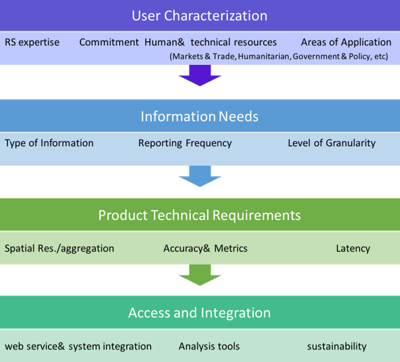 Flow diagram of information to requirements approach
Flow diagram of information to requirements approach
The figure below shows the diversity of users that were interviewed, their main focus and the kind of agricultural systems they are interested in.
User Feedback
Interaction with our user community is key to align our user requirements and give the project a head start. By connecting with several target key organizations we obtained some interesting feedback to keep in mind.
- The WorldCereal project is very much in-line with the community’s needs, and meets a critical gap in agricultural information, across scales (global to field) and range of organization types (trade, humanitarian, national governments).
- Ownership and involvement in the project is key and should be maintained
- Our users expect that the WorldCereal products and tools will significantly enhance their priority activities and monitoring capabilities
- Although the users were diverse, many of their interests and requirements converged
- All users are using at least a cropland map though remote sensing but none of the available gridded cropland products meet current needs.
- There is a huge interest in potential use-cases for the WorldCereal products related to production estimates, early warning, area estimates, policy, and government investments.
- Users emphasized the importance of longer-term sustainability and availability of WorldCereal products and tools.
- Users expressed an interest to run the system for individual countries to enhance and update priority countries, especially where new ground data is available.
- Preferences for data access, web delivery system, analysis tools, etc. were diverse and need to be clarified. Many users raised questions regarding egress costs and other costs for data analysis and download.
- Interest by almost all groups for the ability to run the WorldCereal tools on their own.
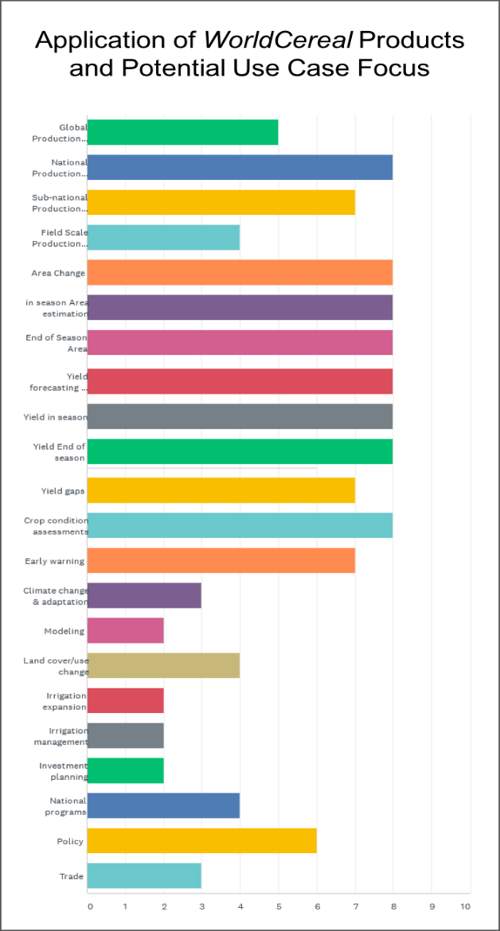
Reference data gathering
In addition to our user’s feedback, we’re also looking at collecting as much reference data as possible. Reference data is key for the training and validation of the classification algorithms and the validation of the final products. And although, research communities, donor agencies, and governments have been stressing the importance of data sharing, harmonization, and collaborative re-use of data for crop monitoring for over decades, this is still a challenging task.
Within WorldCereal we first identified organizations that are able to provide reference data, based on our network and experience, but we also want to engage the wider community through an online data inventory survey, available via the WorldCereal website, and by distributing the “WorldCereal call for open and share reference data” sharing the WorldCereal’s vision on sharing reference data. A call that remains important throughout the project.
At first, we will focus on existing datasets of the last 5 years via our growing network. We have currently curated data for the USA, France, Austria, Belgium Latvia, Spain, Mali, South Sudan and South Africa (see the image below).
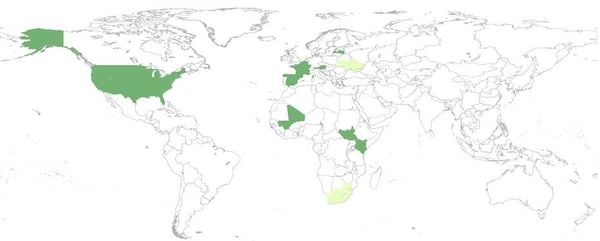 Curated data sets
Curated data sets (for the olive colored countries only part of the country is covered, countries which are dark green colored are fully covered)
Next to this we potentially also have data for the following countries which is not yet homogenized (see the image below).
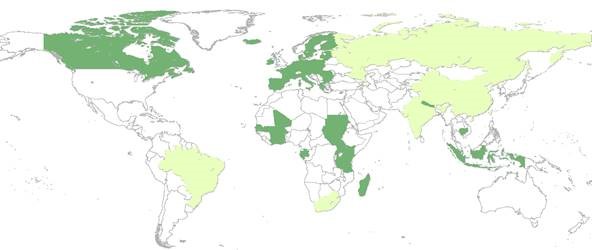 Potential available in situ data
Potential available in situ data (for the olive colored countries only part of the country is covered, countries which are dark green colored are fully covered)
Gradually we will focus on new data by stimulating data providers to open their data via standardized formats and interfaces. This requires agreements both at technical and formal level which we will initiate and stimulate right from the start, also profiting from the support from RadiantEarth, NASA Harvest, CGIAR big data and GEOGLAM who can help us in identifying in-situ data sets and advocate for open access to the data.
Next steps
Now, four months after the official kick-of, we are able to make our first preliminary conclusions on the users’ feedback and are happy to see that the larger user community is looking forward to collaborate and willing to commit its engagement by sharing data, supporting technical discussions, validation of products, etc.
Based on the user requirements analysis it can be said that there is a need for a global view but an even stronger need for a national view. The users clearly informed us that national accuracies are more important than global accuracies or even region specific accuracies. The WorldCereal system and products can offer a large range of potential use cases, however it is clear that these products are considered inputs to a lot of these applications, e.g. area estimation.
In situ data gathering and curation is in progress, agreements between WorldCereal and the larger community are made on how to exchange and share data. Organizations like CGIAR big data, GEOGLAM, RadiantEarth, OneSoil, FAO-GIEWS also emphasized the importance to coordinate future data acquisition with WorldCereal. The current inventory and gap-analysis could be input for these future discussions.
The last step in the user requirement collection process is the user requirement review meeting, where amongst other things final pilot country selection will be done taking into account the user community proposed countries, the availability of in situ data sets and ESA requirements.

VITO (Belgium) is the prime contractor of the World Cereal consortium together with CS (France), eLeaf (The Netherlands), GISAT (CZech Republic), International Institute for Applied Systems Analysis (Austria), University of Strasbourg (France), University of Valencia (Spain) and Wageningen Environmental Research (WENR) (The Netherlands).

AGRICULTURE
AGRICULTURE

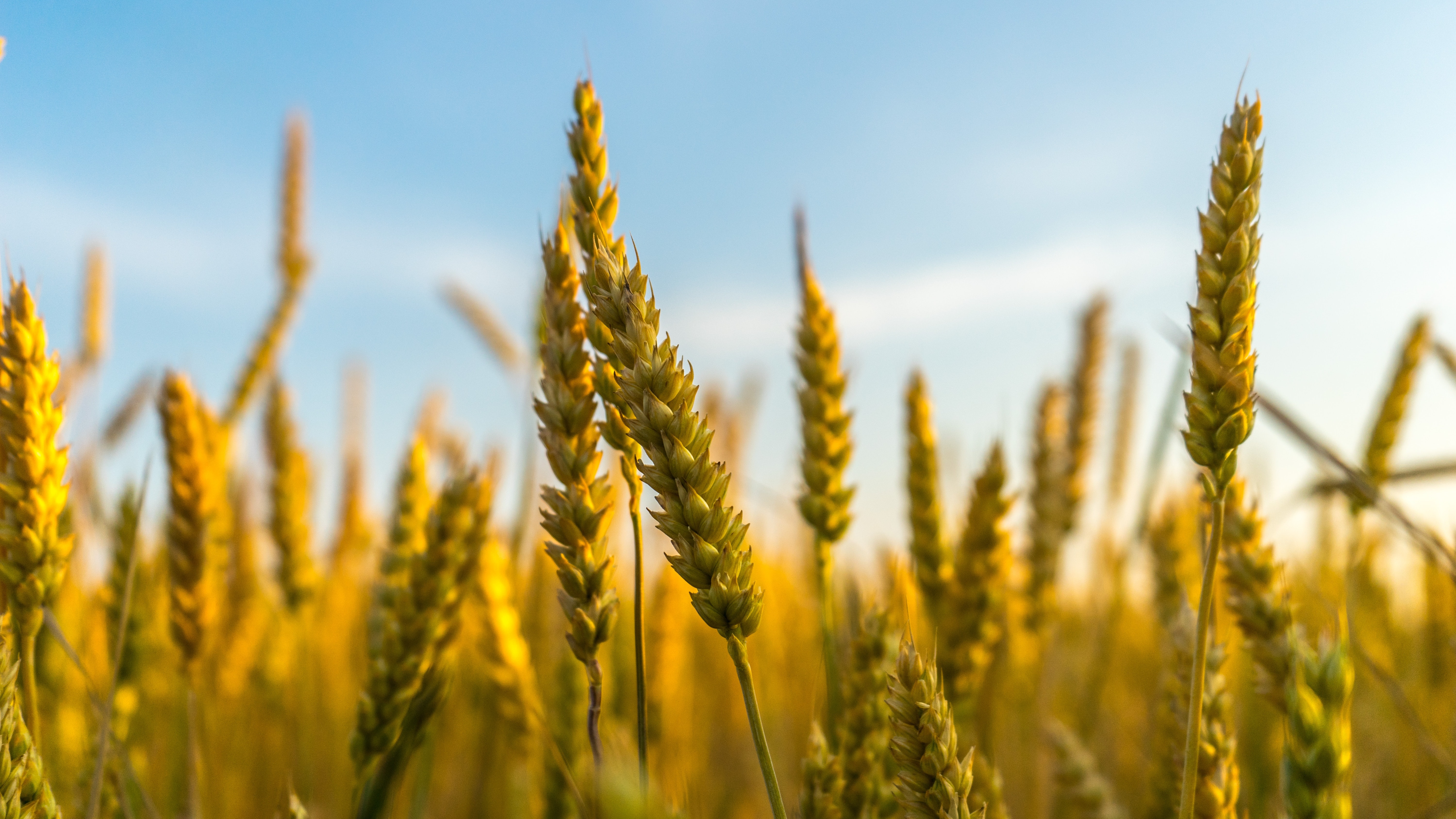
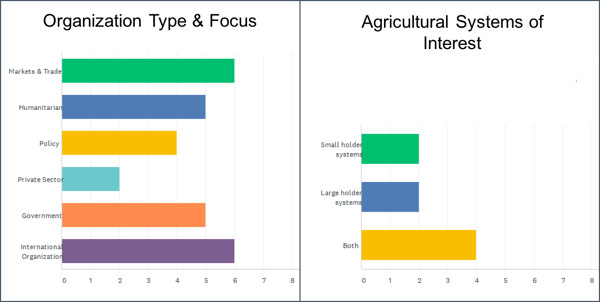
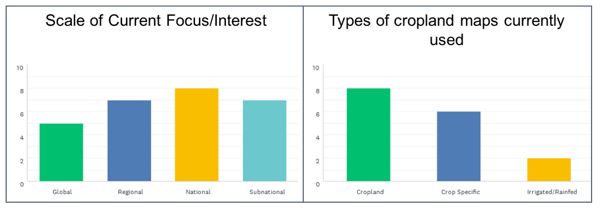
/Blog_WorldCereal_1200x650.png)
/lewis-latham-0huRqQjz81A-unsplash.jpg)
/background_image_blog.jpg)